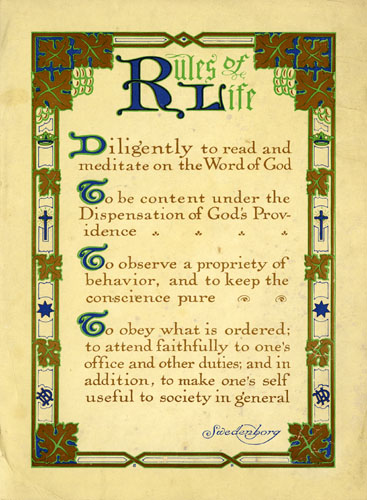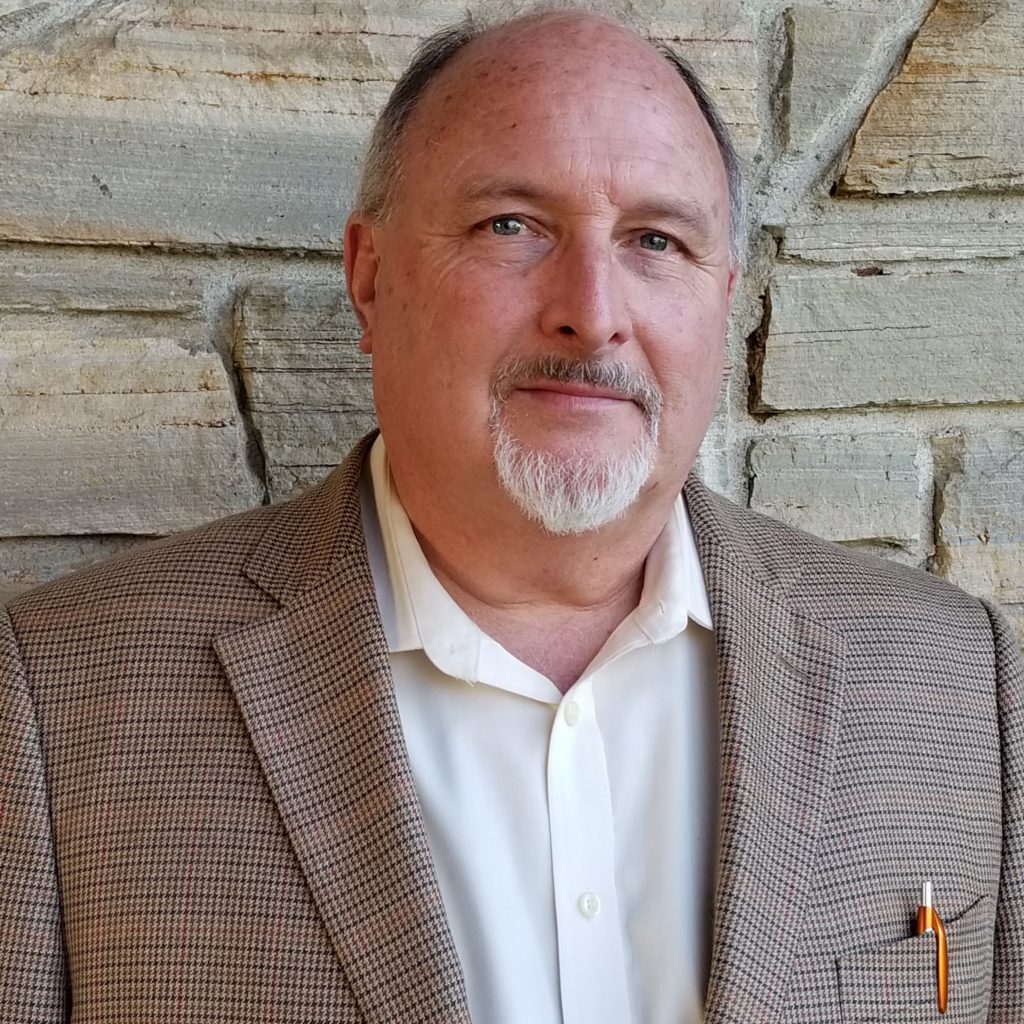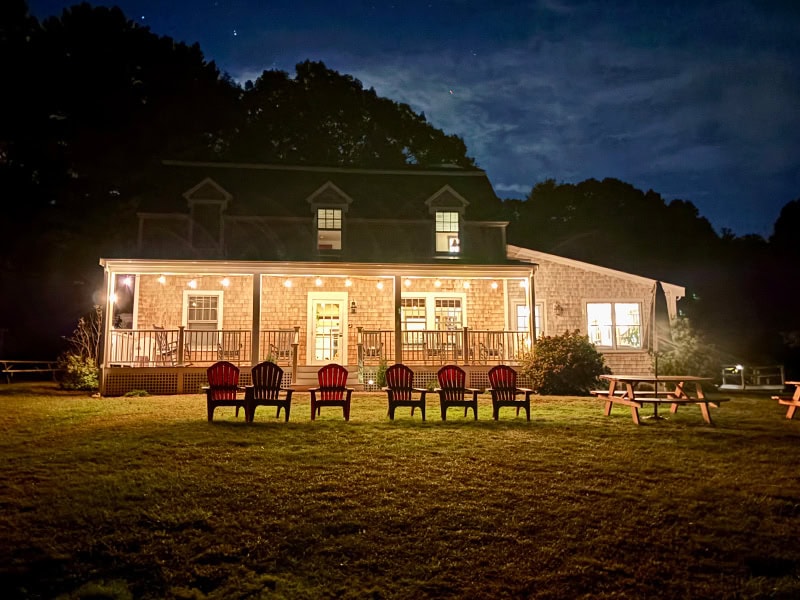A Message from the President

New inquirers into the Swedenborgian movement often ask what the spiritual practices are. How should I meditate or pray? What kinds of ritual should I build into my lifestyle? What are the dietary guidelines? Throughout the long beginning of the Swedenborgian movement across 150 years or so, the primary spiritual practice specific to Swedenborgianism involved study and discussion groups of Swedenborg’s writings along with going to church. Starting in the seventies, however, new approaches to spiritual practice evolved in a distinctive fashion. This was the time of the Western cultural revolution with the rise of applied psychologies, Eastern religion meditation practices, spiritual pilgrimages, communitarian movements, and numerous new religions emphasizing radical lifestyle commitments.
In Swedenborgianism, renowned psychologist Wilson Van Dusen’s popular writings highlighted practices for personal experience as he encouraged people to become mystics. Peter Rhodes in the General Church developed a popular group practice structure for spiritual growth called AIM that integrates Swedenborgian ideas with weekly exercises done by the whole group. Retreat center programs focusing on practices emerged, especially with the Stonehouse in Seattle and Temenos near Philadelphia. More recently, the Journey program focusing on living skills launched in the General Church, and David Millar in the Australian church has designed and initiated Logopraxis as a specifically Swedenborgian spiritual practice.
I’ve enjoyed working with Swedenborg’s mysterious “Four Rules of Life” as a basis for spiritual practice. They are mysterious in the sense that they became part of New Church history because Swedenborg’s eulogist at his memorial service, his young colleague from the Royal Academy of Sciences, Samuel Sandels, claimed to have seen them scribbled in several places in his notebooks, but no one else has ever seen them. Nonetheless, they have become part of Swedenborgian lore.
The four rules are usually given in this way:
-To often read and meditate on the Word of God
-To submit everything to the will of divine providence
-To observe in everything a propriety of behavior and to keep your conscience clear
-To discharge with fidelity your functions of employments and to make yourself in all things useful to society
As a spirituality studies professor at Pacific School of Religion who has taught the history of Christian spiritual practices, I realized that Swedenborg’s Four Rules encapsulate two important practices rooted in a far-back history that have become newly popular in our time: Lectio Divina and the Ignatian Examen. The Four Rules lend a wonderful framework for translating these popular practices into a specifically Swedenborgian spiritual practice.
Over some months of trial-and-error practice, I shaped a daily spiritual practice that has turned out to be the most helpful practice I’ve ever attempted. In case it might be of interest to readers, I have written about the background of the mysterious Four Rules and about their use as a daily prayer practice, which you can find here: https://swedenborg.com/daily-spiritual-practice-based-swedenborgs-rules-life/
—Rev. Dr. Jim Lawrence
Read the Full Issue of the March 2023 Messenger

Meet Jim Lawrence
Rev. Dr. Jim Lawrence is the president of the Swedenborgian Church of North America. He was the dean of the Center for Swedenborgian Studies for 21 years prior to being elected President in 2022.



